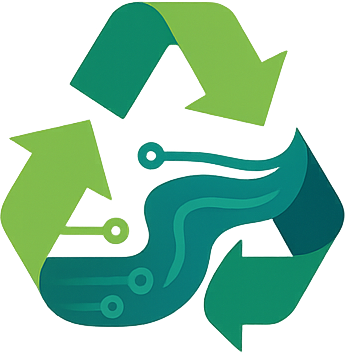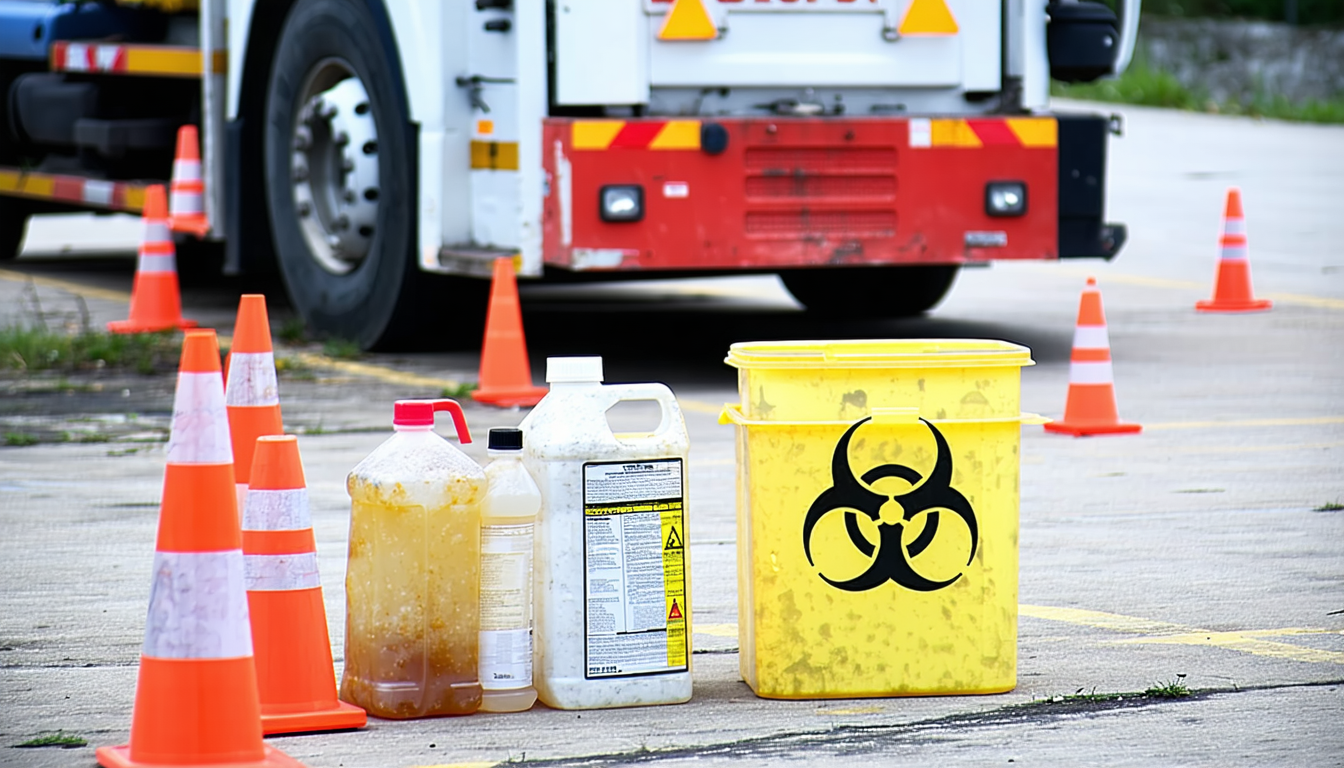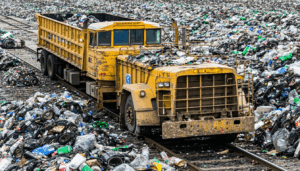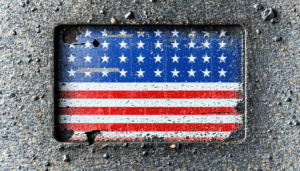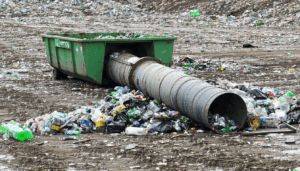Introduction
In the United States, the safe disposal of biohazard waste is a pressing concern for healthcare facilities, laboratories, and even households dealing with medical waste. With growing awareness of environmental and public health risks, the demand for reliable services related to “biohazard waste disposal near me” has surged. This article explores the latest trends, regulations, and challenges in biohazard waste management across the country. From updated federal guidelines to local service options, we uncover critical information to help ensure safety and compliance.
Understanding Biohazard Waste in the U.S.
Biohazard waste includes materials like used needles, contaminated gloves, and other items that pose a risk of infection or disease. According to the Environmental Protection Agency (EPA), over 5.9 million tons of medical waste are generated annually in the U.S., with a significant portion classified as biohazardous. Improper handling of such waste can lead to severe health risks and environmental contamination, making professional disposal services essential.
The significance of this issue extends beyond hospitals to small clinics, tattoo parlors, and even homes where individuals manage chronic conditions like diabetes. As urban populations grow, so does the volume of biohazard waste, putting pressure on local infrastructure to keep up with demand.
Navigating Biohazard Waste Disposal Near Me: Challenges and Solutions
Finding reliable “biohazard waste disposal near me” can be daunting due to varying state regulations and limited local providers. While federal laws under the Occupational Safety and Health Administration (OSHA) set baseline standards, states like California and New York impose stricter rules on storage, transportation, and disposal. This patchwork of regulations often confuses businesses and individuals seeking compliant solutions.
One major challenge is accessibility. Rural areas, in particular, may lack nearby facilities, forcing residents to travel long distances or store waste unsafely. To address this, some companies now offer mail-back programs, allowing users to ship biohazard materials to certified processing centers.
Impact on Stakeholders
The implications of biohazard waste mismanagement affect multiple groups. Healthcare providers risk fines and reputational damage if they fail to comply with disposal laws. For communities, improper disposal can contaminate water sources or expose residents to pathogens. Waste management companies, meanwhile, face rising operational costs due to stringent safety protocols.
According to Dr. Emily Carter, a public health expert at Johns Hopkins University, “Ensuring proper biohazard waste disposal is not just a regulatory issue—it’s a moral imperative to protect vulnerable populations.” Her statement underscores the urgency for better education and resources at the local level.
Recent Developments in Biohazard Waste Management
In 2023, the EPA introduced updated guidelines to streamline medical waste tracking, aiming to reduce illegal dumping by 15% over the next five years. Additionally, several states have launched online portals to help residents locate “biohazard waste disposal near me” services. For instance, Texas rolled out a digital map in June 2023, listing over 200 certified facilities statewide.
Innovations are also shaping the industry. Autoclaving technology, which sterilizes waste using high-pressure steam, is gaining traction as a sustainable alternative to incineration. These advancements signal a shift toward greener practices while maintaining safety standards.
Analysis and Future Outlook
The topic of biohazard waste disposal carries significant weight due to its direct impact on public health and environmental sustainability. As urbanization accelerates, the strain on disposal systems will likely intensify unless proactive measures are taken. Experts predict that federal funding for waste management infrastructure could increase by 20% by 2025 to address these gaps.
On the flip side, opinions differ on how much responsibility should fall on individuals versus corporations. Some argue that large healthcare entities should bear the cost of advanced disposal systems, while others believe community education is key to reducing household-level risks. Balancing these perspectives will be crucial for long-term success.
In conclusion, navigating “biohazard waste disposal near me” in the U.S. requires awareness of local resources, adherence to regulations, and a commitment to safety. With new technologies and policies emerging, there’s hope for more accessible and sustainable solutions. Staying informed is the first step toward protecting both people and the planet.
Frequently Asked Questions (FAQ)
- What qualifies as biohazard waste?
Biohazard waste includes items like sharps (needles, scalpels), blood-soaked materials, and pathological waste that can transmit infections. - How can I find biohazard waste disposal near me?
Check state health department websites or use online tools like the EPA’s resource locator to find certified facilities in your area. - Are there penalties for improper biohazard waste disposal?
Yes, fines can range from hundreds to thousands of dollars depending on state laws, alongside potential legal action for health violations. - Can I dispose of biohazard waste at home?
No, most household trash systems are not equipped to handle biohazard materials. Use designated drop-off points or mail-back services instead. - What are the costs of professional biohazard disposal?
Costs vary by location and volume but typically range from $50 to $500 per pickup for small businesses or households.

